Which Type of Dressing Is Useful for Small Wounds
Can be antimicrobial due to its lower pH helps soften eschar and promotes autolytic debridement. Adhesive Dressings Ordinary adhesive dressings plasters or band-aids suitable for small cuts and grazes come in a variety of sizes and shapes including ones designed especially for fingers and heels.
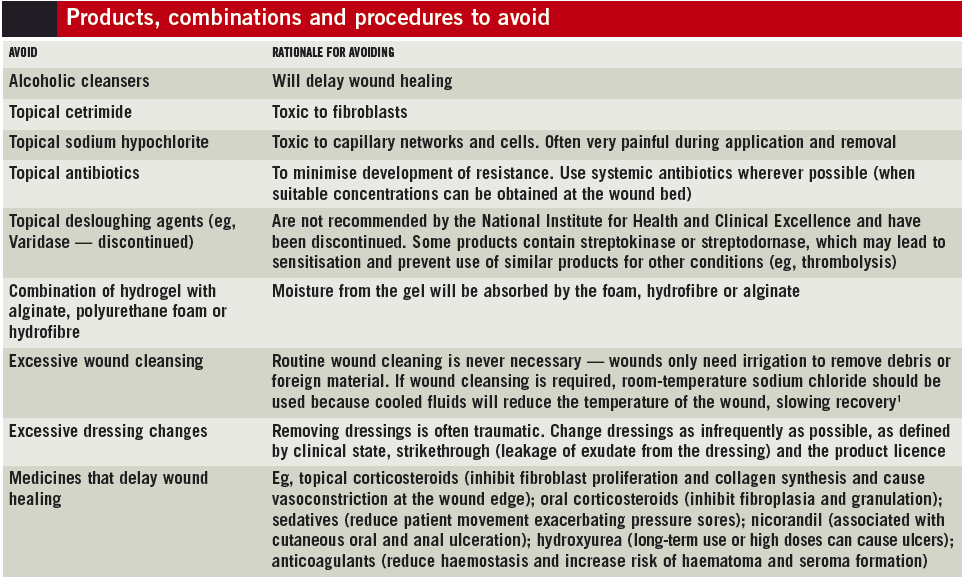
How To Select A Wound Dressing The Pharmaceutical Journal
Cloth dressings are suitable for minor injuries such as grazes and cuts or areas of delicate skin.

. Ad Buy Quality Products From Top Brands At Best Offers. Hydrogel dressings provide a cooling gel designed to reduce pain and promote healing which makes them appropriate for wounds that are painful and infected. They can be made of waterproof plastic or fabric and have a small area of gauze to cover the wound with a self-adhesive border all around.
What is the purpose of a dressing. Which type of dressing is useful for small wounds. Stop bleeding and start clotting Absorb excess blood plasma or other fluid Wound debridement.
Competitively Priced High-Quality Products Get Amazing Deals Discounts Buy Now. Cloth dressings are the most common type of wound dressing often used to protect open wounds or areas of broken skin. What type of dressing is made of large thick absorbent sterile materials.
Because of the high water content in hydrogels this type of dressing is used for wounds with small. Gauze dressings continue to be the most readily available wound dressings in use today. When are hydrogels used.
Placed directly over primary dressing to provide additional protection absorption occlusion andor to secure primary dressing in place. Thanks to gelatin methylcellulose pectin and a few other colloidal particles which have enabled this dressing to possess an indigenous quality of swelling and forming a gel as soon as it makes contact with the exudate. Wound dressings Guidance for Use There are several types of dressings in use at Wirral University Teaching Hospitals NHS Foundation Trust WUTH.
Absorbs small amount of drainage. Adhesive strips and gauze pads. If the high rate of absorption is a sheer requirement hydrocolloid wound care dressing is going to be the optimum solution.
Silver is antimicrobial and kills bacteria. To control bleeding to prevent infection to absorb blood All of the above. Interactive dressings a Hydrocolloid dressings iDuoDERM Duoderm Extra Thin Duoderm Extra dressing Adhesive occlusive hydrocolloid dressing with a vapour-permeable outer film layer.
Types of wounds appropriate for use of a Hydrogel Dressing By adding moisture to this wound it will assist in autolytic debridement and help decrease the amount of necrotic tissue Exposed tendons require moisture to keep the sheath intact and prevent drying and death of the tendon. Self-adherent and provides cushioning over bony promience. Composite dressings have three layers that each have their own functions.
This dressing is enclosed and sealed in a protective covering. What type of dressing is made of large thick absorbent sterile materials. Hydrogel dressings are useful in maintaining a moist wound bed and rehydrating wounds to facilitate healing through autolytic debridement.
Prepared sterile dressing This is the ideal dressing for all wounds and consists of a sterilized germ-free piece of gauze or lint to which sometimes a pad or roller bandage is stitched. Wound dressings also help with the following 1. Thus they are often useful in wounds with small amounts of eschar or that are predisposed to desiccation.
Traditionally gauze wound dressings were made from woven or nonwoven gauze. THIS SET IS OFTEN IN FOLDERS WITH. Gauze is highly permeable and relatively non-occlusive.
Hydrogels are used for burns including those caused by radiation skins tears surgical wounds and pressure ulcers. Do not use on infected wounds. Dressing of choice for Stages II.
Gel-forming polymers that adhere to the intact surrounding skin useful for partial full thickness wounds. Which type of dressing is useful for small wounds. Provides moist wound bed.
These dressings help break down dead tissue and encourage new skin cell growth in the wound bed. Medical professionals will sometimes use cloth dressings as a second layer to further secure an area. Pressure ulcers minor burns skin grafts diabetic ulcers donor sites venous ulcers.
Foam dressings are less apt to stick to delicate wound beds are non-occlusive and are composed of a film coated gel or a polyurethane material which is hydrophilic in nature.
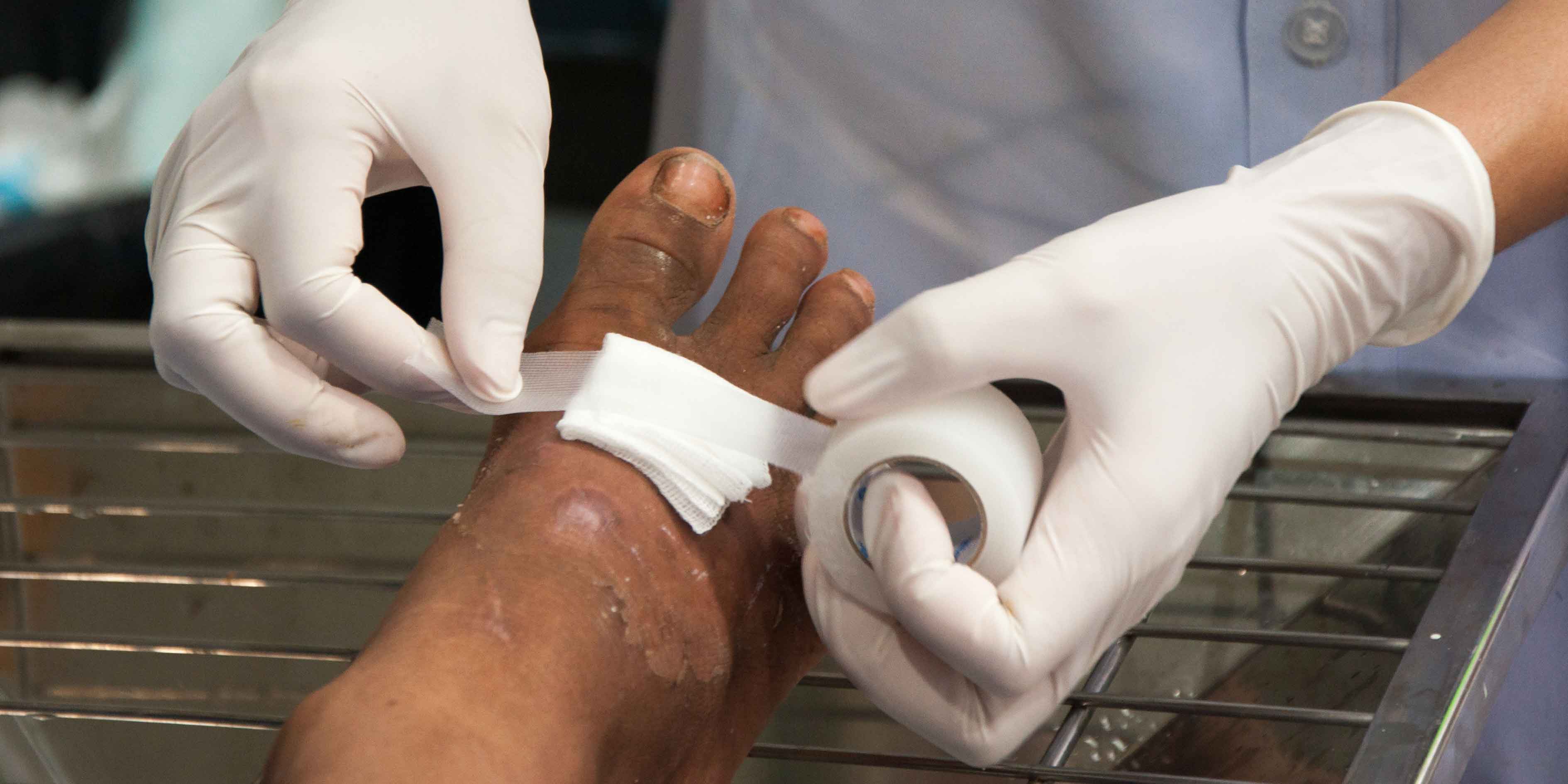
What S All The Fuss About Wound Dressing Change Frequency Wcei
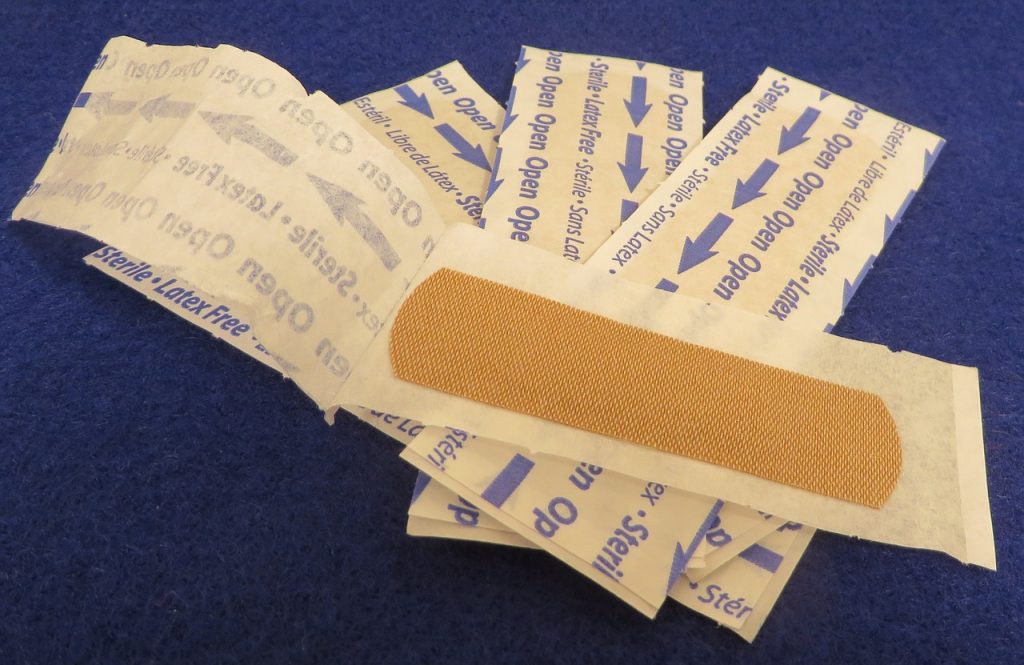
What Are The Different Types Of Wound Dressings First Aid For Free
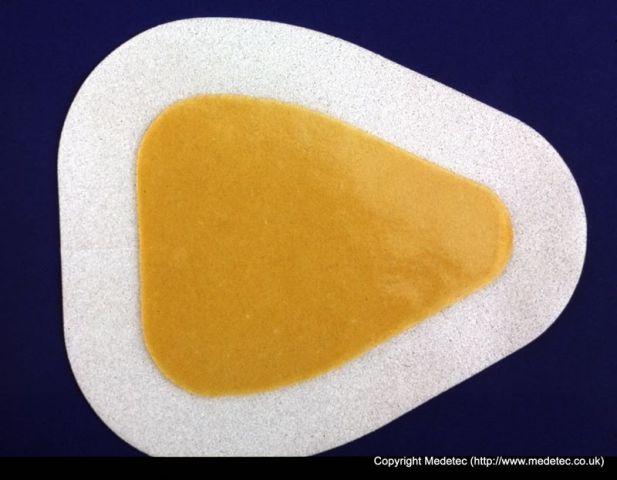
What Is A Hydrocolloid Dressing For Wounds Woundsource
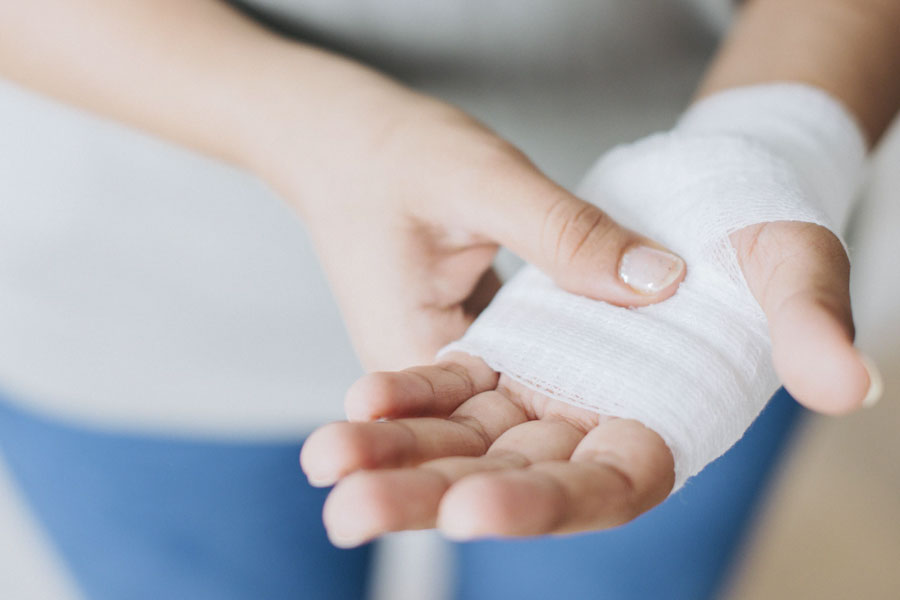
The 4 Stages Of Simple Wound Care In Hand Therapy Hand Therapy Academy

9 Different Types Of Wound Care Dressings Careasone Blog
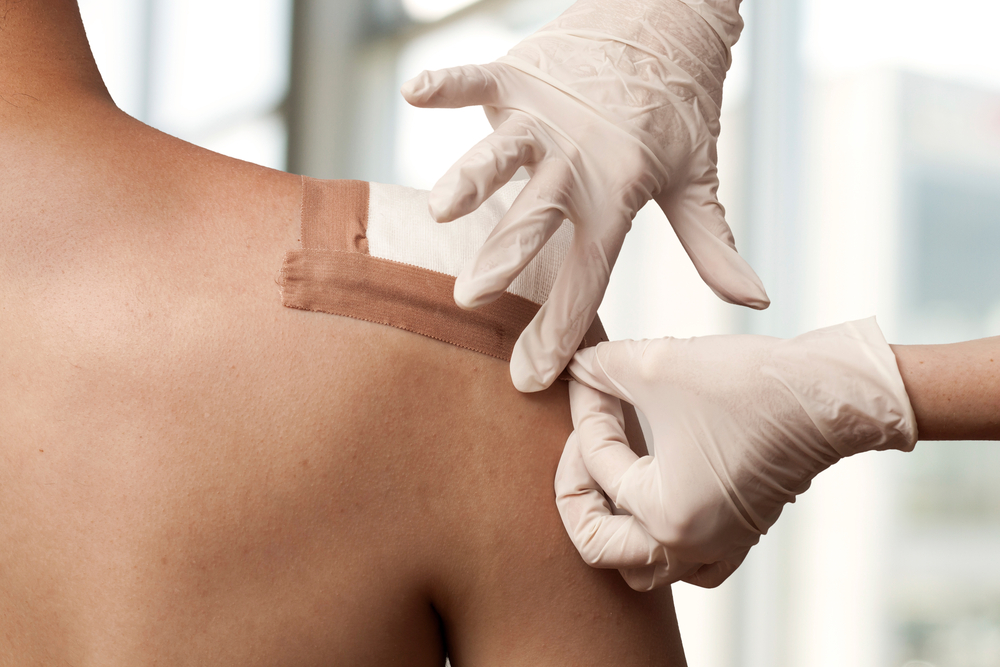
What To Know About Jelonet Wound Dressing San Diego Wound Care

How To Select An Appropriate Wound Dressing The Veterinary Nurse
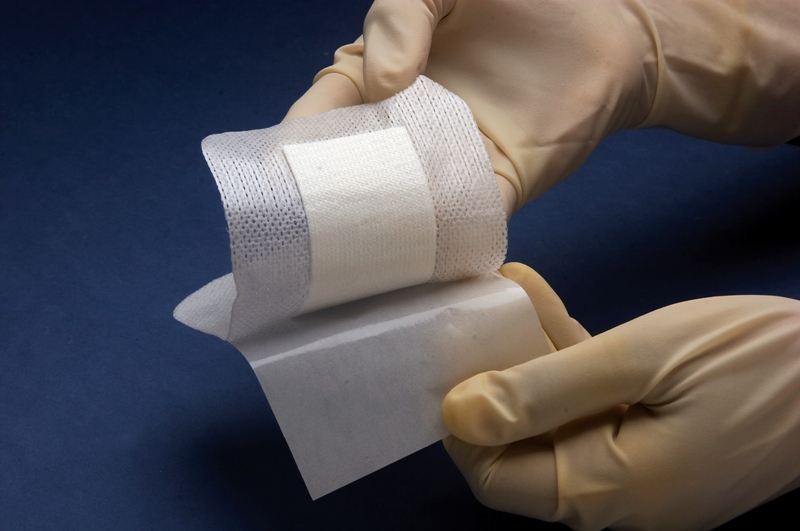
Wound Dressings And Coverings Bone And Spine

Microfibrillated Cellulose Mfc In Future Advanced Wound Dressing

9 Different Types Of Wound Care Dressings Careasone Blog
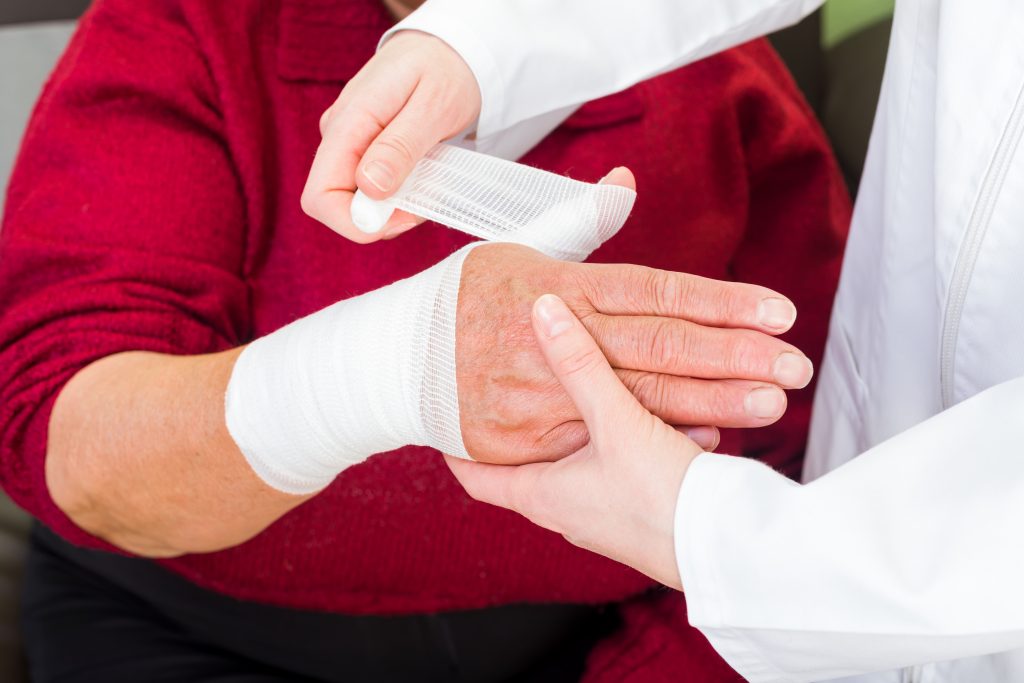
How To Change A Wound Dressing Vohra Wound Physicians
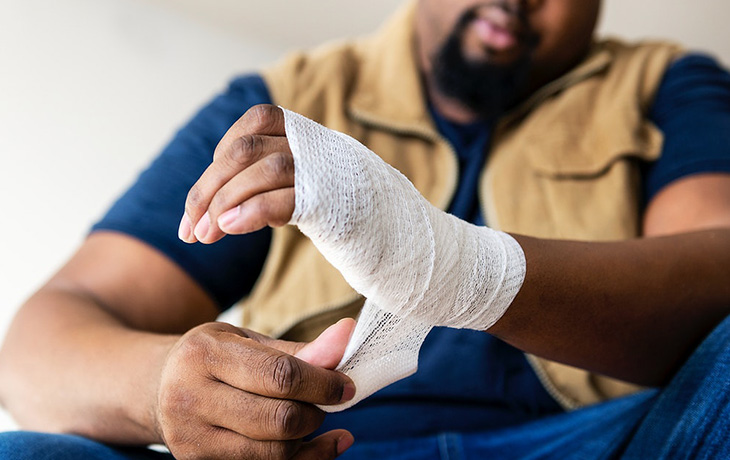
How To Dress And Bandage A Wound The Prepared
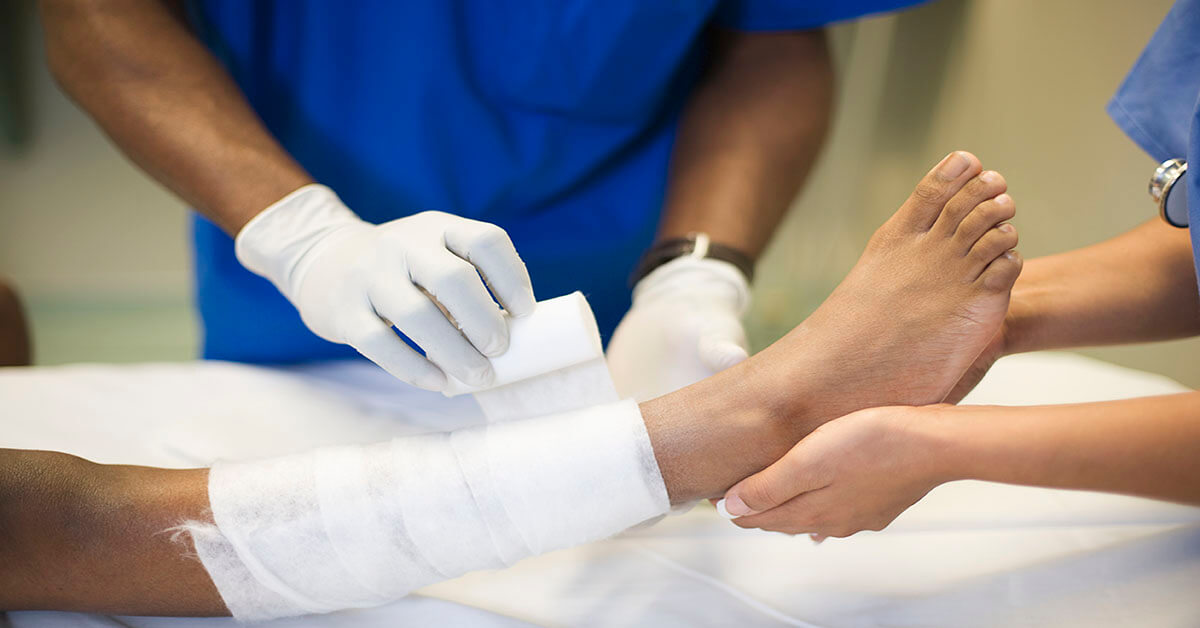
From Transparent Dressings To Hydrogels Wound Care Dressings You Use Every Day Wcei

Wound Management 5 Selecting Wound Dressings For Optimum Healing Nursing Times

8 Tips To Wound Healing Norman Regional Health System

Wound Dressings 101 The Right Dressing For Each Type Of Wound Cia Medical

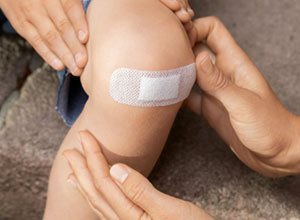
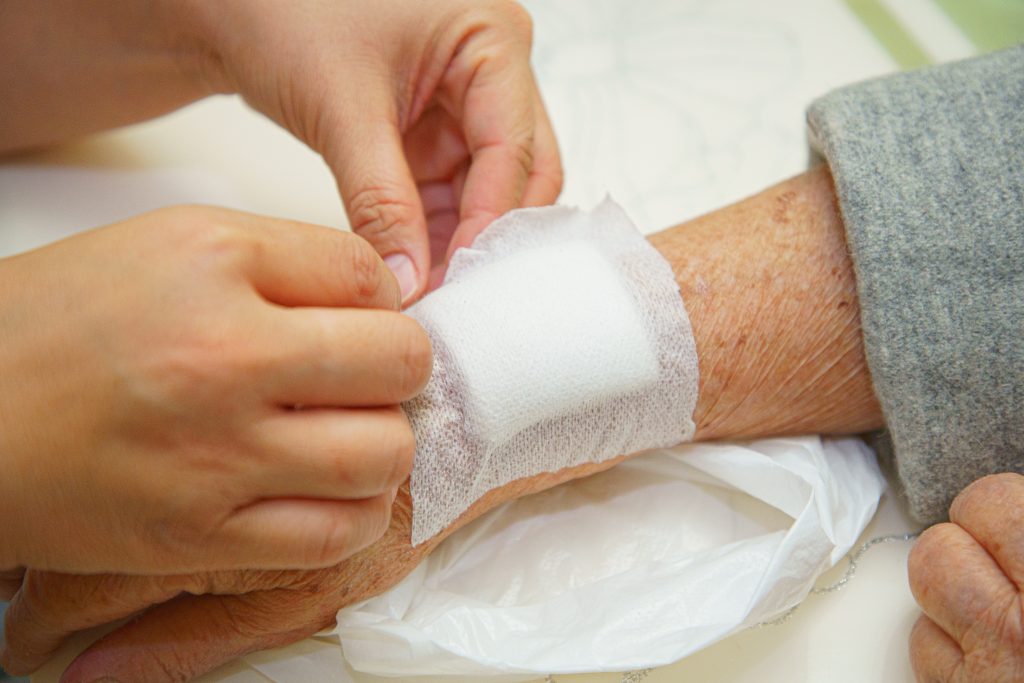
Comments
Post a Comment